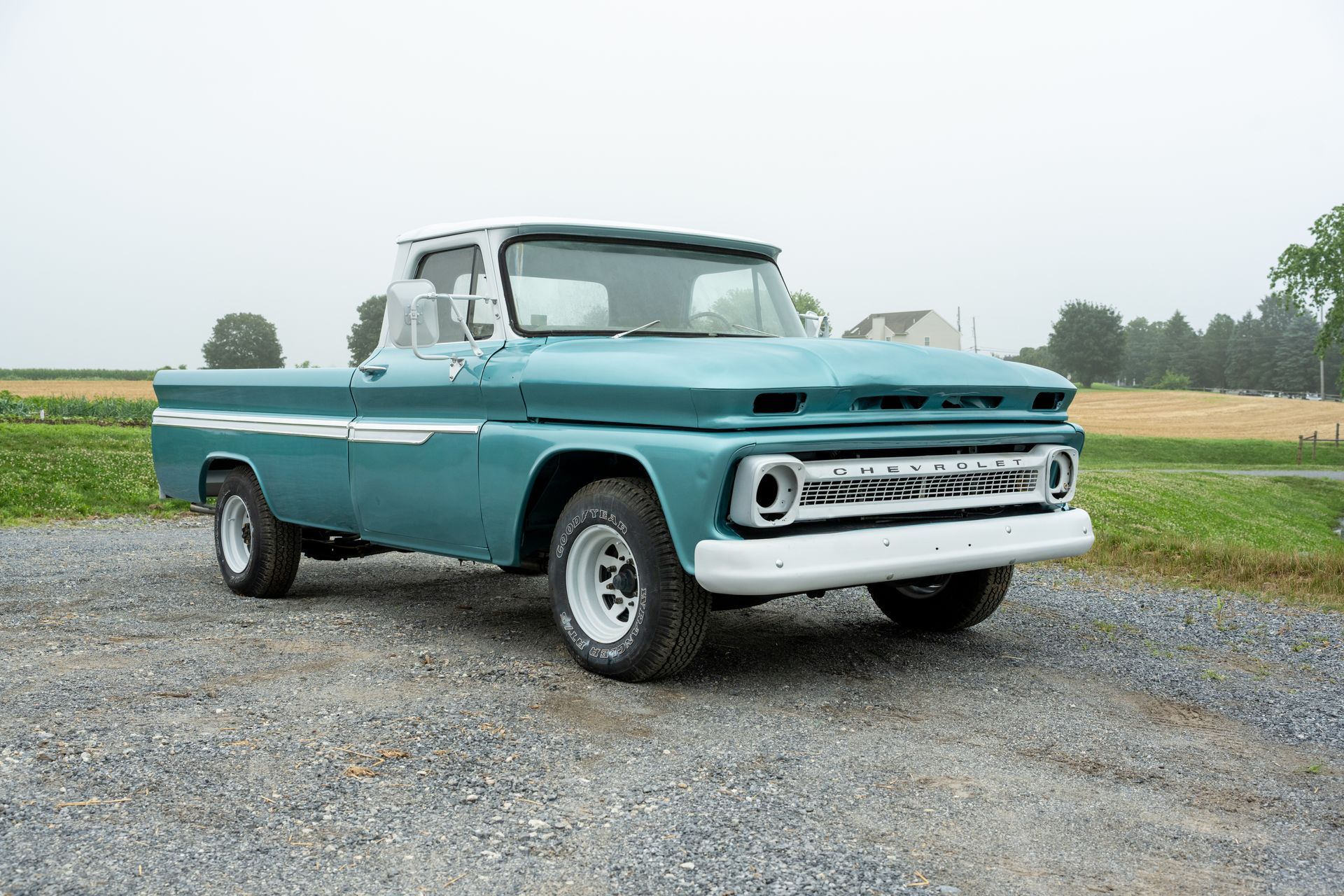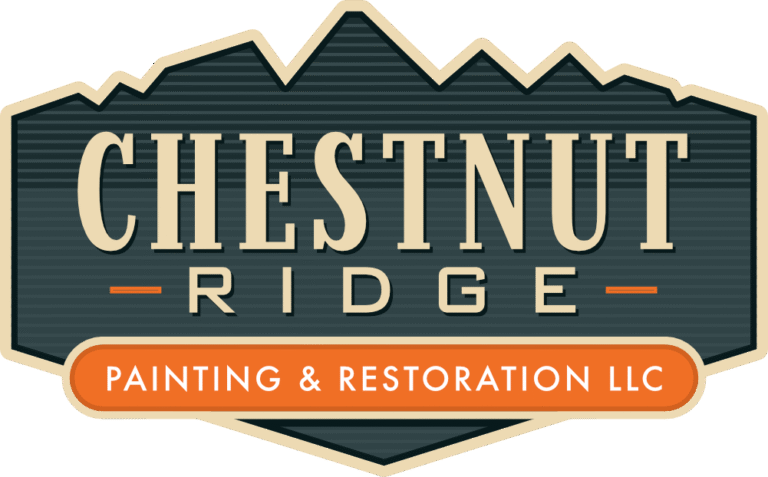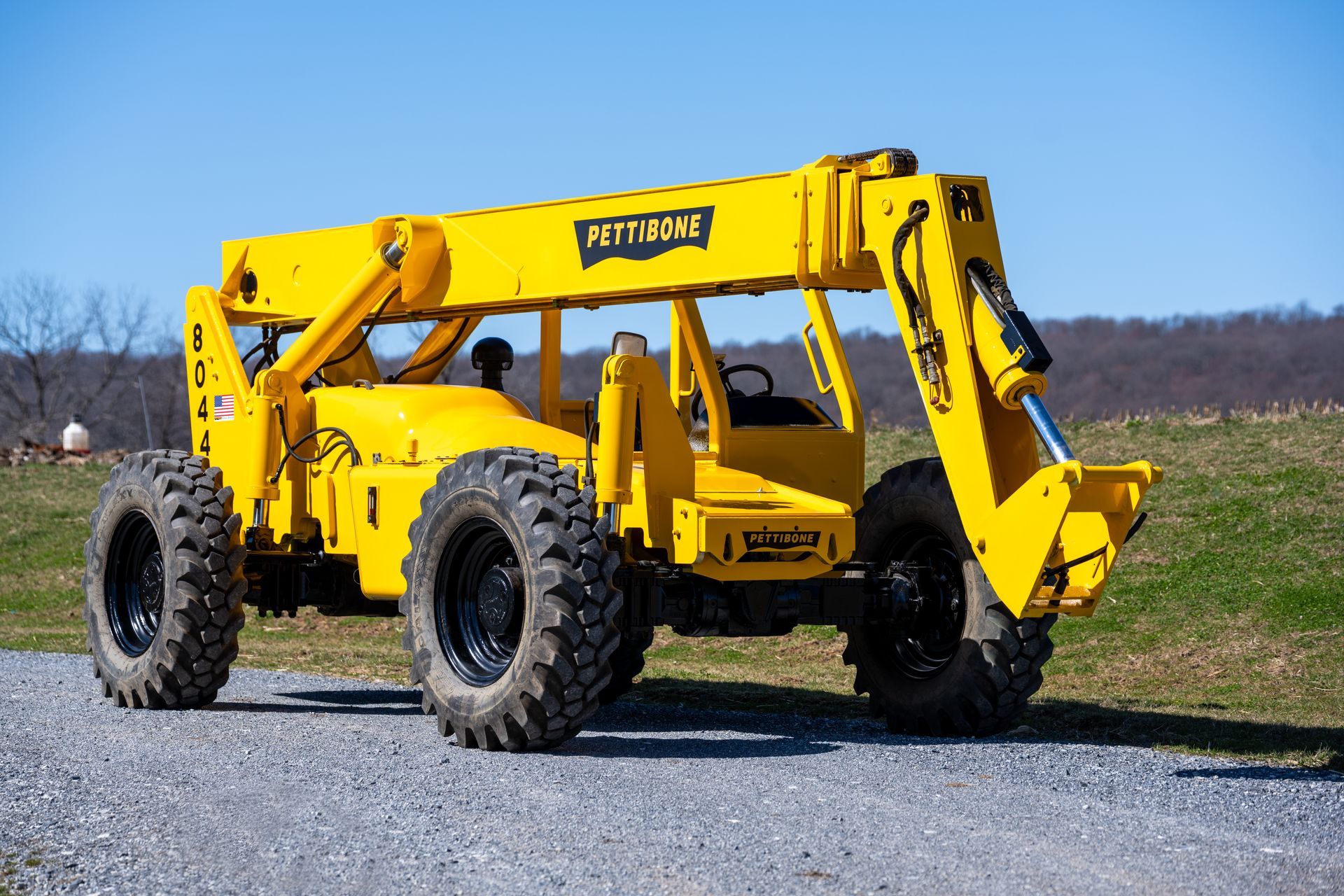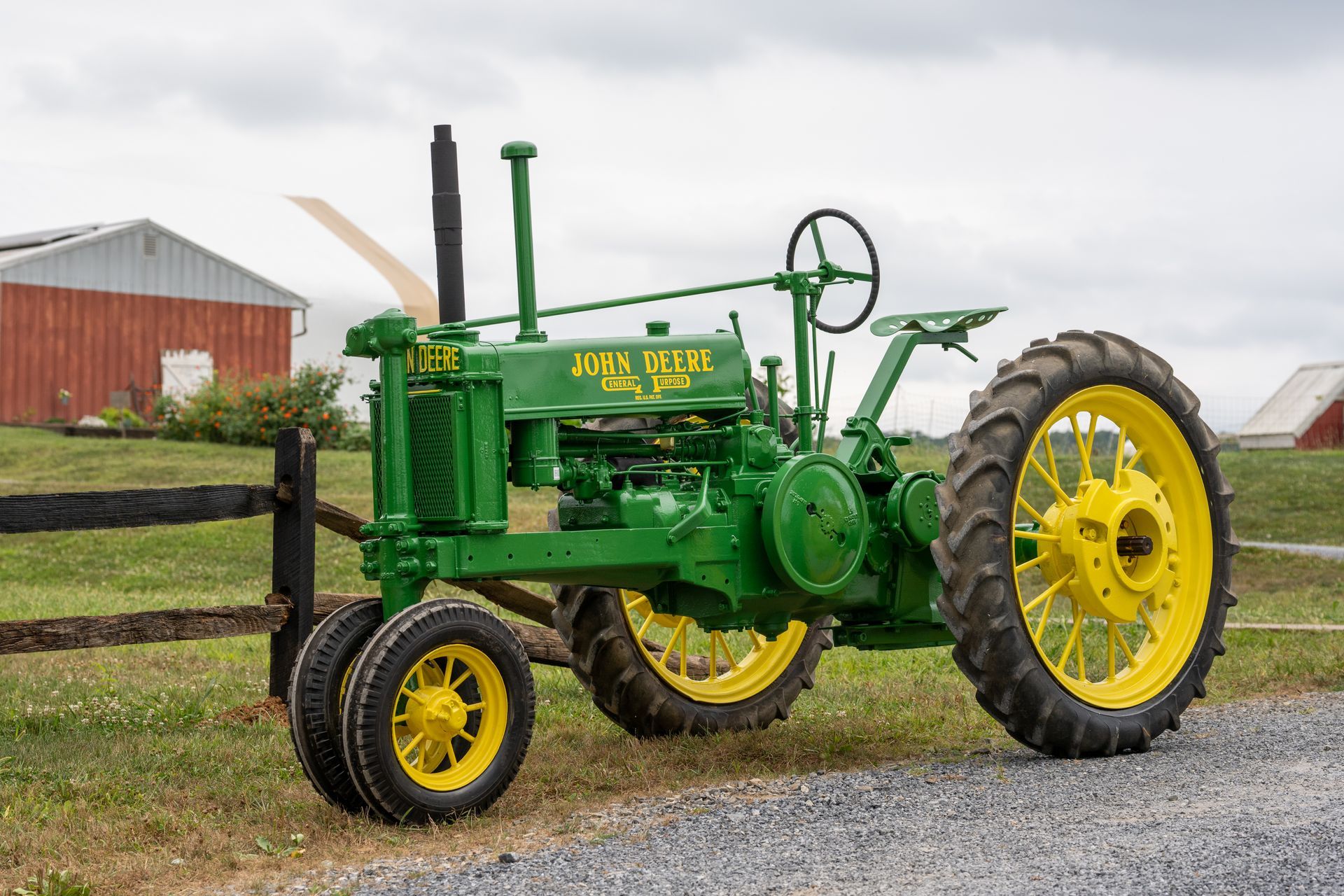Powder Coating vs. Industrial Painting: Which Is Right for Your Equipment?
Powder Coating vs. Industrial Painting: Which Is Right for Your Equipment?

When it comes to protecting industrial equipment, such as trailers, trucks, or heavy-duty metal parts, the choice of finish is crucial. Business owners and contractors often face two primary options: powder coating and industrial painting with liquid paint. Each has distinct advantages, costs, and considerations. Choosing the proper application process depends on the type of equipment, the environmental elements it faces, and the level of aesthetic appeal you want to achieve.
At Chestnut Ridge Painting, we specialize in both protective finishes and restoration services for fleets, rental machinery, and custom projects. This guide explains the differences between powder coating and paint, evaluates their pros and cons, and helps you determine which finishing method will provide the best durable finish for your needs.
Understanding Powder Coating
The Powder Coating Process
Powder coating is a modern finishing process in which a dry powder composed of resins, pigments, and other additives is applied to metal surfaces using an electrostatic gun within an electrostatic booth. The powder melts and fuses in a curing oven, creating a seamless and uniform coating.
This method has become popular because powder-coated surfaces resist scratches, chips, and harsh environments. Powder coating creates a strong shield against environmental elements like moisture, UV rays, and chemicals. Unlike liquid paint, it requires no solvents and releases little to no volatile organic compounds, making it more eco-friendly and compliant with environmental regulations.
Powder Coating Materials and Finishes
There’s a wide range of powder coating materials available, from epoxy-based powders for corrosion resistance to polyester blends for outdoor durability. Customers can choose from custom colors, matte finishes, or high-gloss finishes. Powder coat finishes can also be textured, offering options that traditional wet painting methods cannot easily replicate.
For companies seeking long-term protection and aesthetic appeal, powder-coated parts are ideal for fleets, trailers, and equipment exposed to harsh environments.
Understanding Industrial Painting
The Wet Paint Application Process
Traditional industrial painting uses wet paint in liquid form applied with a spray gun. The application process involves priming, applying multiple coats, and allowing for careful drying. Unlike powder, wet paint requires longer curing times, sometimes being air-dried, depending on the paint supplier and the particular medium.
Spray paint techniques are versatile and can be used on complex geometries or metal parts that cannot withstand the high temperatures of a curing oven. This makes industrial painting suitable for sensitive machinery, antique restorations, and custom colors mixed on-site.
Types of Liquid Paint and Technology
Wet paint technology has advanced significantly. Today’s paint suppliers offer options with lower emissions, better adhesion, and improved color matching. With spray-painted finishes, we achieve thicker layers and color coats, and even produce purple paint by mixing blue and red pigments or other color pigments. Traditional paint systems also allow for on-site adjustments, something not possible with pre-formulated powder.
Industrial painting offers flexibility for businesses that need fast touch-ups, quick spray paint jobs, or custom colors that aren’t readily available in powder coating facilities.
Powder Coating vs Industrial Painting: Key Differences
Application Process
- Powder coating process: Uses dry powder, an electrostatic gun, and a curing oven.
- Wet paint: Applied via spray gun, dries naturally or with heat, requires more tight environmental controls to avoid contamination.
Durability and Protection
- Powder coating, compared to paint, typically lasts longer and forms a stronger protective barrier.
- Wet paint additionally provides flexibility, works on larger or sensitive parts, but may show a faded appearance faster in harsh environments.
Environmental Impact
- Powder coating vs paint: Powder has much lower disposal costs, generates less waste, and produces fewer volatile organic compounds.
- A comparison of wet paint powder coating shows that traditional paint requires solvents and produces more material loss through overspray.
Costs
- Upfront costs tend to be higher for powder coating due to the need for specialized facilities and equipment.
- Traditional paint is more affordable initially, can be mixed on-site, and offers lower disposal costs, particularly in small-scale jobs.
Advantages of Powder Coating
- Durable Finish – Long-lasting powder-coated parts resist chips, scratches, and corrosion.
- Uniform Coating – The powder melts into an even layer, providing an even coat with minimal defects.
- Environmental Benefits – Reduced waste produced, fewer volatile organic compounds, and same tight environmental controls not always required.
- Custom Colors and Finishes – From textured finishes to high gloss finish, powder coat finishes offer variety.
- Much Lower Disposal Costs – Reclaimed excess powder can be reused, saving money and reducing waste.
Advantages of Industrial Painting
- Flexibility – Works on metal surfaces that cannot endure high temperatures or fit into a curing oven.
- Custom Colors and Color Matching – Easy to mix colors, adjust hues, or color match with almost any paint supplier.
- Traditional Wet Painting Familiarity – Most companies and contractors are used to spray paint techniques.
- Lower Upfront Costs – Upfront costs tend to be lower because facilities and ovens are not required.
- Ideal for Touch Ups and Repairs – Easy to apply multiple coats or do quick spray paint jobs for faded appearances or minor damage.
Which Is Right for Your Equipment?
When deciding between powder coating vs paint, consider:
- Type of equipment – For rugged industrial equipment exposed to harsh environments, powder offers longer-lasting protection.
- Project size and budget – The upfront costs of powder may be higher, but lower disposal costs and reduced waste production save in the long term.
- Desired finish – If aesthetic appeal and color matching flexibility matter, wet paint may be better.
- Application environment – Powder coating facilities require special ovens and booths, while spray paint jobs can be done at a facility or site.
For rental fleets, metal parts, or protective finishes on industrial equipment, powder coating vs paint is less about which is universally better and more about which fits the operations, project goals, and environment.
Both powder coating and industrial painting offer excellent protective finishes for metal surfaces. Powder coating creates a tougher, eco-friendly finish that lasts longer in harsh environments, while wet paint requires less upfront investment and offers unmatched color matching flexibility.
At Chestnut Ridge Painting, we offer customized painting services tailored to your specific equipment, machinery, and fleet needs. Whether you need powder-coated surfaces for durability or spray-painted finishes for quick projects, we have the expertise and facilities to deliver the best results. Serving Pottstown, Malvern, Honey Brook, and West Chester, we help local businesses maintain their equipment, reduce downtime, and ensure lasting protection.
Is powder coating better than paint for heavy-duty equipment?
Yes, in most cases. Powder coating vs paint comparisons show powder is more durable, forming a uniform layer that resists scratches, chips, and harsh environments.
What are the upfront costs of powder coating?
Upfront costs tend to be higher due to ovens and powder coating facilities, but lower disposal costs and reduced material loss often balance expenses over time.
Can wet paint achieve the same durability as powder coating?
Wet paint additionally provides flexibility and works on equipment unsuitable for ovens, but it generally requires touch-ups sooner than powder.
Does powder coating allow for color matching?
Yes. While almost any paint supplier offers color matching for liquid paint, powder coating materials now include custom colors and powder coat finishes in matte, gloss, and textured options.
Which finishing process is more environmentally friendly?
Powder coating, compared to paint, produces fewer volatile organic compounds, less waste, and offers much lower disposal costs. This makes it more sustainable and compliant with environmental regulations.


